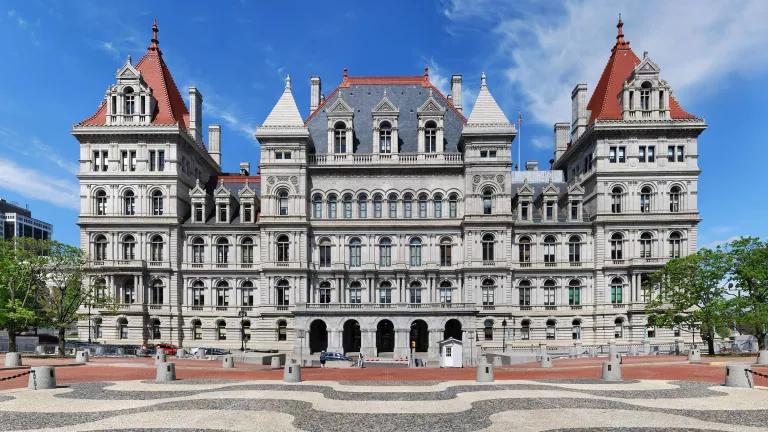Getting the Lead Out of DC Drinking Water

Washington, DC faced an acute lead crisis in the early 2000s, and many residents believe we fixed the problem and our water is now safe. It’s not. But earlier this year, the District Council took a step to clean up our drinking water. It passed a law that would prohibit partial lead service line replacements—a practice that contributes to elevated lead levels.
In order for the law to work, it needs funding. By passing this law, the District of Columbia has taken an important step forward, and $5.2 million would fund this program completely (for one year). The Council is now considering the FY20 Budget, and yesterday the Council Committee on Energy and Transportation moved towards Council approving enough money to get the program started, $1 million a year for four years, although it fell short of offering full funding.
Problems with lead in District water
In April 2019, the District Office of Inspector General confirmed that “lead may exist in customers’ drinking water because of the system’s infrastructure.” Many homes in DC still connect to water mains by way of service lines that are made of lead. The District’s water utility, DC Water, has been gradually replacing lead pipes, but it has been using partial lead service line replacement. This involves replacing only part of a lead pipe, leaving some lead pipe in place and typically fusing it to another type of metal.
Partial lead service line replacement is dangerous. It can lead to acute, significantly elevated levels of lead in the water. Over time, the pipes can (and do) corrode at the joint, causing lead to leach into the water flowing to our taps at home.
The science could not be more definitive: there is no safe level of lead exposure, particularly for developing brains. The American Academy of Pediatrics and all credible sources agree on this. The World Health Organization (WHO) notes that “the consequences of brain injury from exposure to lead in early life are loss of intelligence, shortening of attention span and disruption of behaviour. Because the human brain has little capacity for repair, these effects are untreatable and irreversible. They cause diminution in brain function and reduction in achievement that last throughout life.”
A good investment for DC’s future
The Council’s consideration of $1 million falls short of full funding for a program to prohibit partial lead line replacements. But if DC makes this investment, it could allow as many as 500 District households to get a full replacement of the lead pipes in their service lines. It’s the right thing to do, and it’s a practical investment: the Minnesota Department of Health estimates that replacing lead service lines yields a benefit of $10 for every $1 spent.
District residents need to be able to rely on the Council to end this dangerous practice, make the District a leader in reducing lead exposure and protect everyone, especially vulnerable children, from lead contaminated drinking water flowing from our taps.
This blog provides general information, not legal advice. If you need legal help, please consult a lawyer in your state


